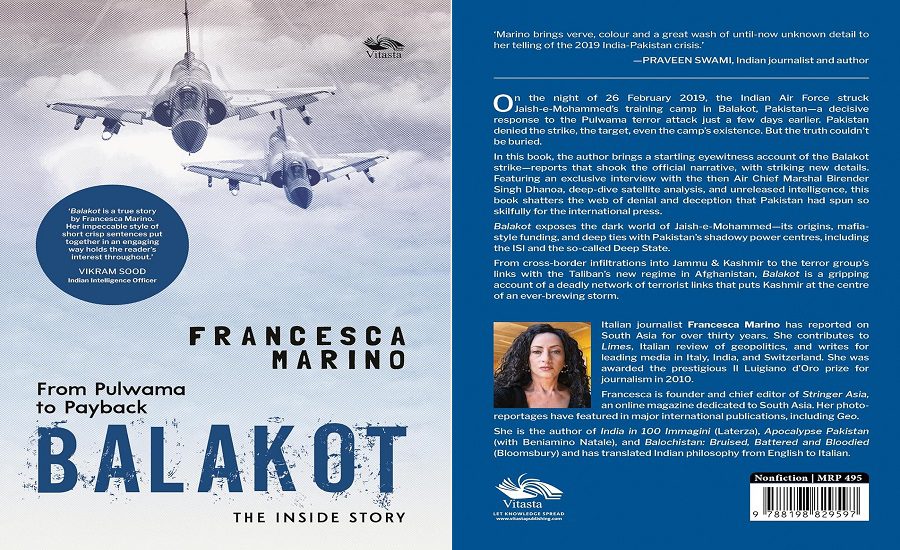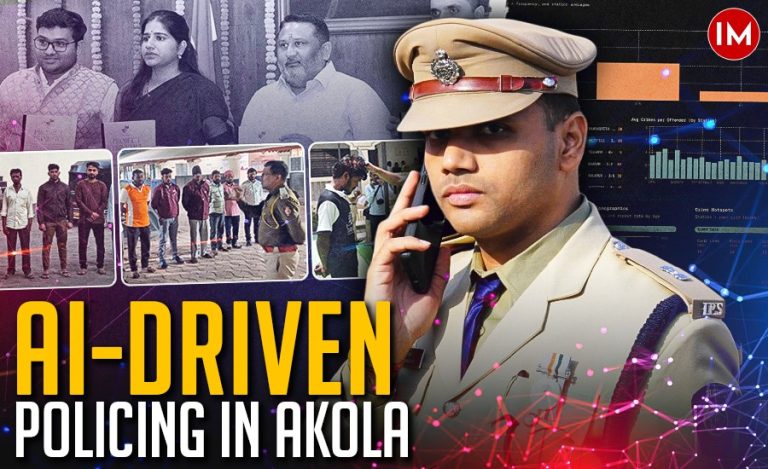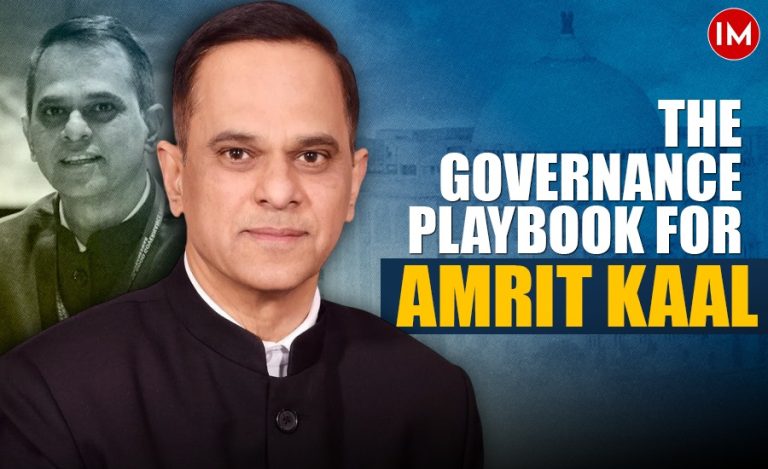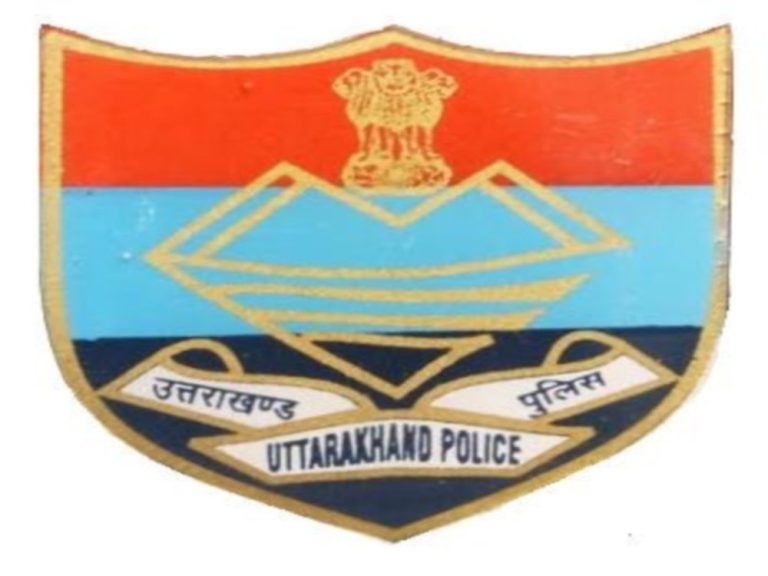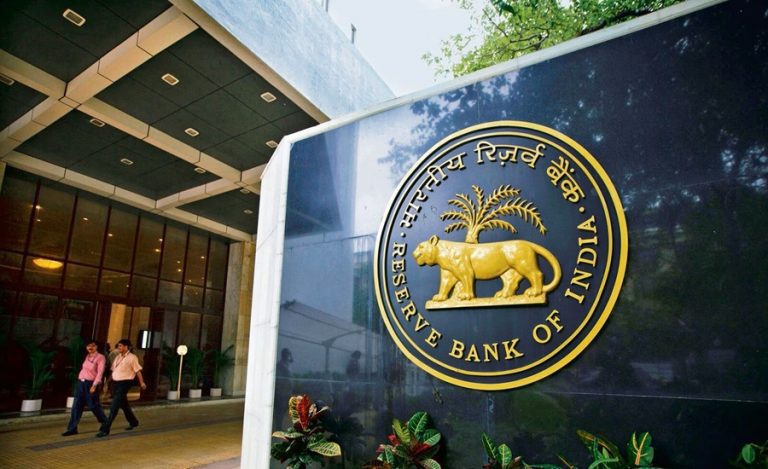Few moments in recent Indian history have stirred national emotion, strategic debate, and geopolitical recalibration as dramatically as the events that unfolded between February 14 and 26, 2019. The suicide attack on a CRPF convoy in Pulwama, killing 40 personnel, was more than a terror strike – it was a national wound. And the Indian Air Force’s retaliatory strike on a Jaish-e-Mohammed facility in Balakot twelve days later became a moment of tectonic shift in India’s counter-terrorism doctrine.
Francesca Marino’s book Balakot: From Pulwama to Payback – An Inside Story dives deep into this fevered fortnight. What emerges is not just a chronicle of events but an inside view of the intelligence build-up, the political resolve, the military precision, and the state-sponsored denial that shaped one of the most defining episodes in India–Pakistan relations.
A Nation Shocked
Marino begins with the Pulwama attack – an operation she describes as the product of long-cultivated terror machinery, not a rogue strike. She traces the roots of Jaish-e-Mohammed, its recruitment pipelines, ideological conditioning, financial trails, and the deep patronage it receives from Pakistan’s power establishment. In her telling, Pulwama was not just an act of terror; it was a calibrated nudge designed to test New Delhi’s limits.
But this time, Marino argues, India did not respond with familiar restraint. The political and military establishment quickly aligned on one message: there would be payback.
How Balakot Was Picked
The book takes the reader into closed rooms where decisions were made — and more importantly, into the minds of those who made them. The selection of Balakot, deep inside Pakistan rather than across the Line of Control, was not symbolic bravado. It was meant to signal that safe havens, no matter how distant or protected, were no longer out of bounds.
Air Chief Marshal Birender Singh Dhanoa’s insights give the narrative its operational backbone. He explains how technology, intelligence, and timing were fused to create a mission that was both daring and deliberate. The strike package, the choice of weaponry, the rehearsals — Marino paints all of this with the pace of a thriller but the precision of a dossier.
The Aftermath
Where the book becomes most provocative is in its recounting of what happened at the Balakot site after the bombs fell. Based on first-hand accounts, local testimonies, and on-ground information, Marino describes injured cadres ferried away in haste, mobile phones confiscated, and a cordon thrown around the hilltop facility. She writes of bodies being moved, the wounded being shifted to army-run medical centres, and frantic efforts to sanitise the site before the world’s media descended.
At the same time, Pakistani officials were projecting an entirely different narrative — “nothing happened.” Trees, they said, were the only casualties.
The book argues that this denial was not spontaneous; it was orchestrated. Staged media tours, selective access, and a façade of normalcy were meant to cushion international opinion and prevent domestic embarrassment.
The Battle Beyond The Bombs
Marino widens the lens to show that Balakot was not the end but a pivot. She charts the strategic message India sent: the era of cost-free proxy terrorism was over. And just as importantly, she highlights how terror groups like Jaish operate: dependent on spectacle, survival, and state support. Their relevance — and funding — rests on their ability to keep India in their crosshairs.
Yet, the author does not present her narrative as uncontested truth. Some international media narratives contradict her claims, and she acknowledges this divergence. But she stands by her reporting, insisting that on-ground movements and eyewitness testimonies tell a story official denials cannot eclipse.
Why This Book Matters
In a country where national security stories are often reduced to chest-thumping or cynical dismissal, Balakot: From Pulwama to Payback occupies an important middle ground. It neither sanitises nor sensationalises. It attempts to reconstruct, layer by layer, what a cross-border strike really entails — the intelligence risks, the political stakes, the military audacity, and the information warfare that follows.
Marino writes with urgency but not hysteria, with detail but not jargon. The result is a narrative that grips the lay reader and provokes the informed one.
More importantly, the book underlines a truth we often overlook: modern warfare is no longer fought only in skies and terrains but in stories, denials, optics, and narratives. Balakot was a bombing mission — but it was also a battle of perception, legitimacy, and national will.
At a time when South Asia remains volatile, terrorism adaptable, and geopolitics fragile, understanding what happened between Pulwama and Balakot is not just an academic exercise. It is a window into the future of conflict.
Marino’s book, with all its revelations, debates, and controversies, becomes essential reading for anyone who wants to understand how nations respond when pushed to the wall — and how the truth becomes the first casualty in the fog of war.
The book published by Vitasta Publications, can be bought from this link…
Balakot: From Pulwama to Payback

